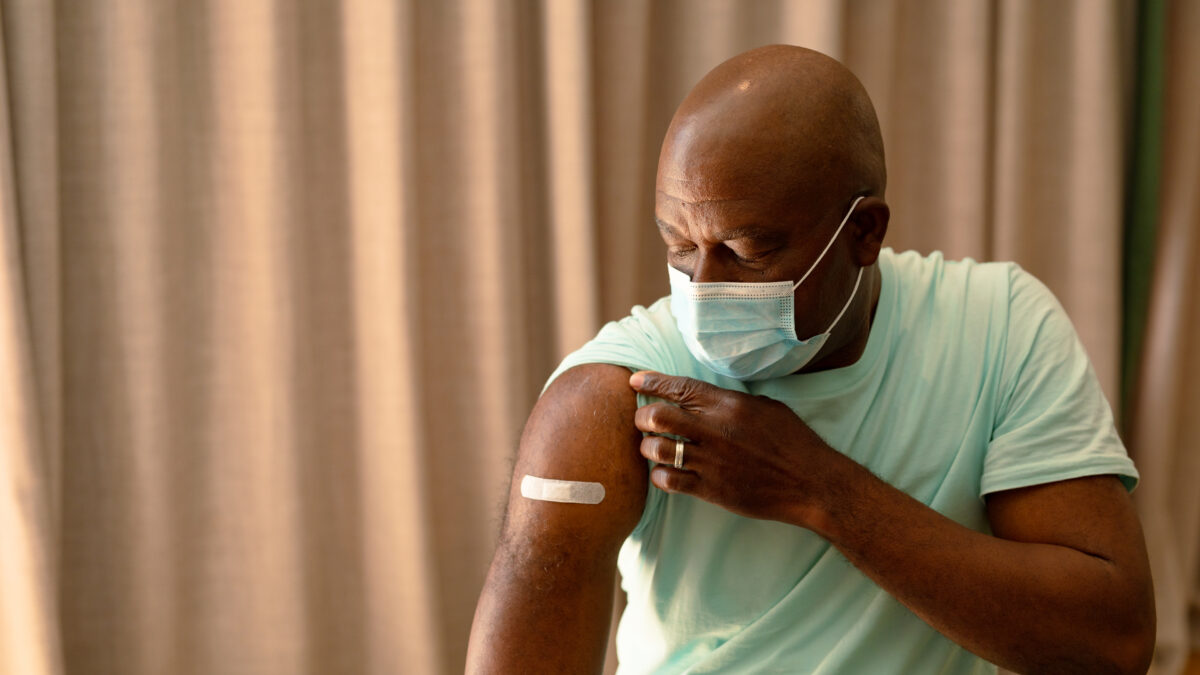For patients battling cancer, immunotherapy can be a breakthrough. But a wide gap in recovery rates among patients receiving immunotherapy shows that insurance status may still bear an outsized impact on survival.
Different Insurance, Different Outcomes
Findings published in JAMA Network Open reveal that patients who are uninsured are significantly less likely than those who are privately insured to survive cancer. The study looked at patients with different insurance types who were receiving immune checkpoint inhibitors to fight advanced-stage cancer.
Lack of health insurance is associated with increased mortality from any cause. But cancer disparity stems in part from reduced access to cancer screenings, leading to detection at a later stage of disease.
“Health insurance coverage is one of the strongest predictors of access to cancer care and survival following a cancer diagnosis,” said Robin Yabroff, one of the study’s authors. Underinsured patients consistently faced poorer outcomes, bearing the real-world consequences of barriers to care.
Policy Changes Could Widen the Divide
As several states consider proposals to reshape Medicaid, findings on cancer survival rates raise concerns.
Reducing coverage could mean reducing access to screening, delaying follow-up visits and putting treatment out of reach. While limiting the availability of breakthrough drugs could cut costs in the short term, it could subject patients to worse outcomes over the long term, such as hospitalization, disease progression and even death.
The stark picture painted by JAMA data shows the crucial importance of early detection and consistent treatment, especially when treatments like immunotherapy are involved.
Insurance Coverage Matters
These new data confirm that insurance coverage, including access to screening and treatment, remains a crucial factor in cancer survival.
As treatments become more advanced, coverage gaps risk limiting access to scientific breakthroughs for those with lower incomes. Policymakers face a clear choice: maintain broad access to affordable and comprehensive insurance coverage, or brace for widening disparities in cancer survival.




